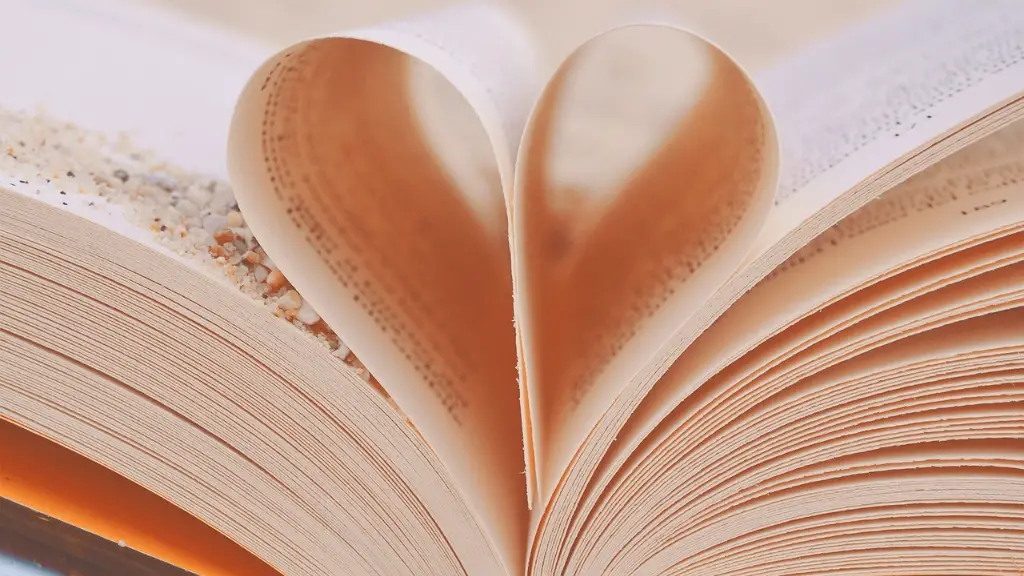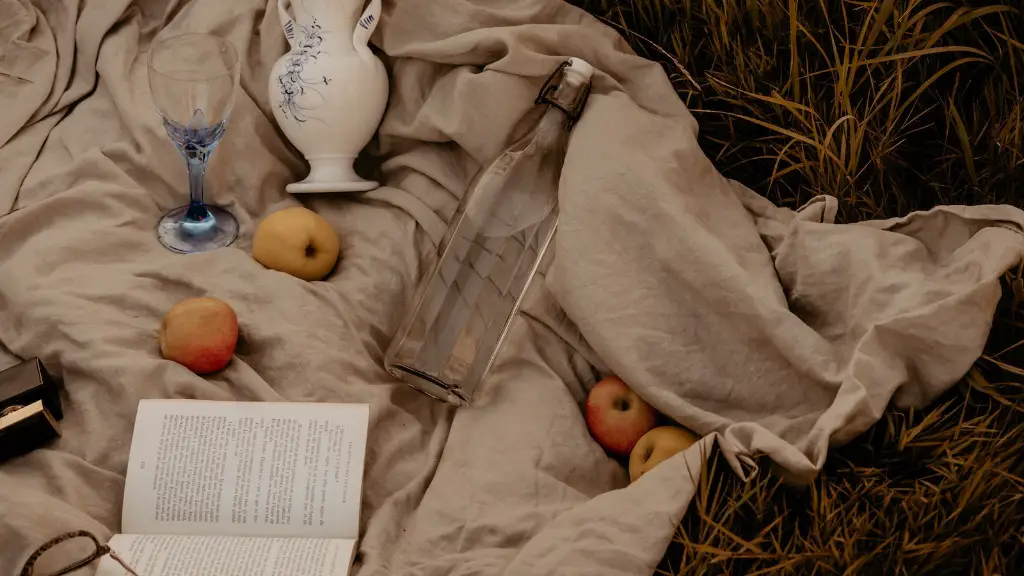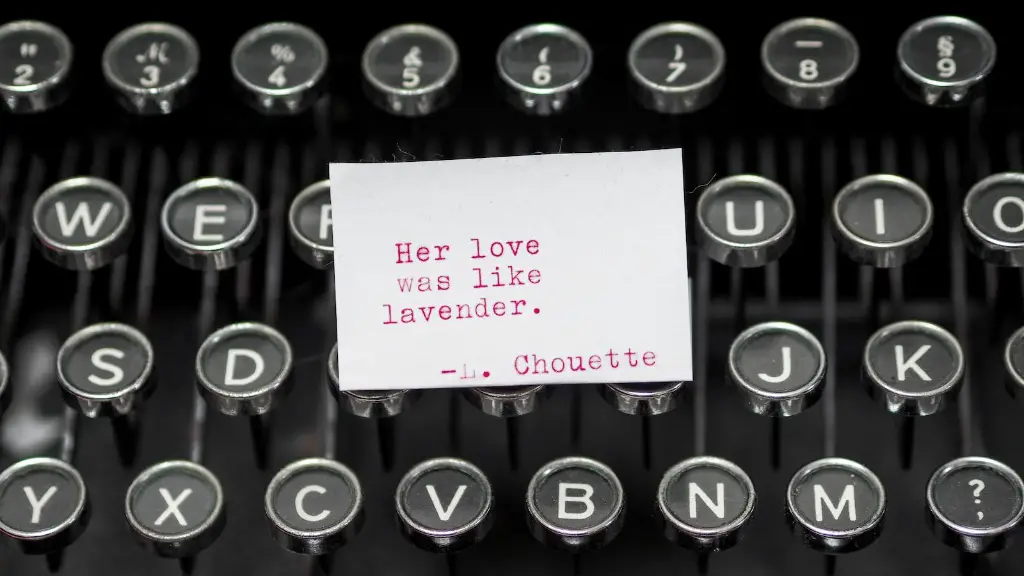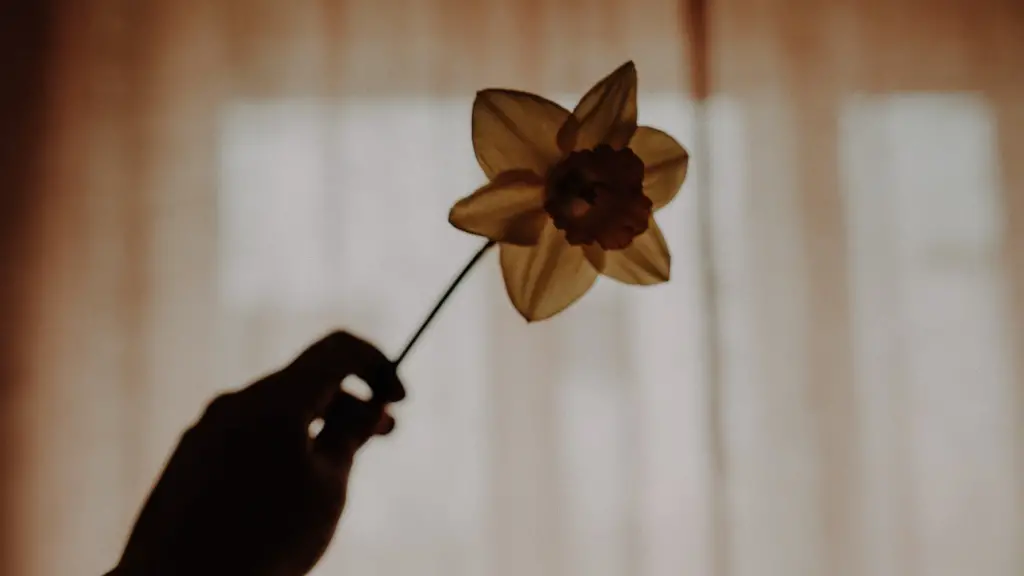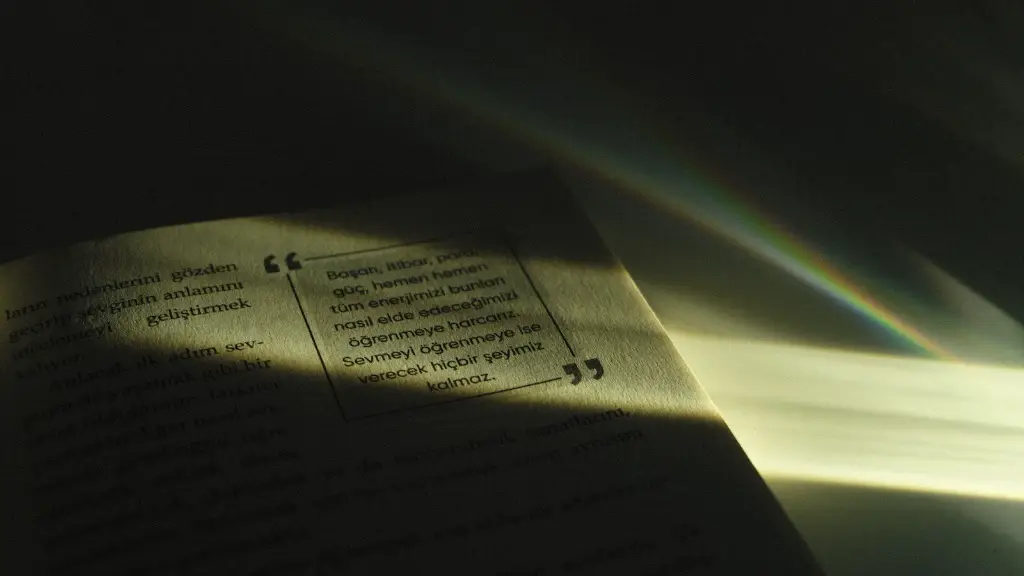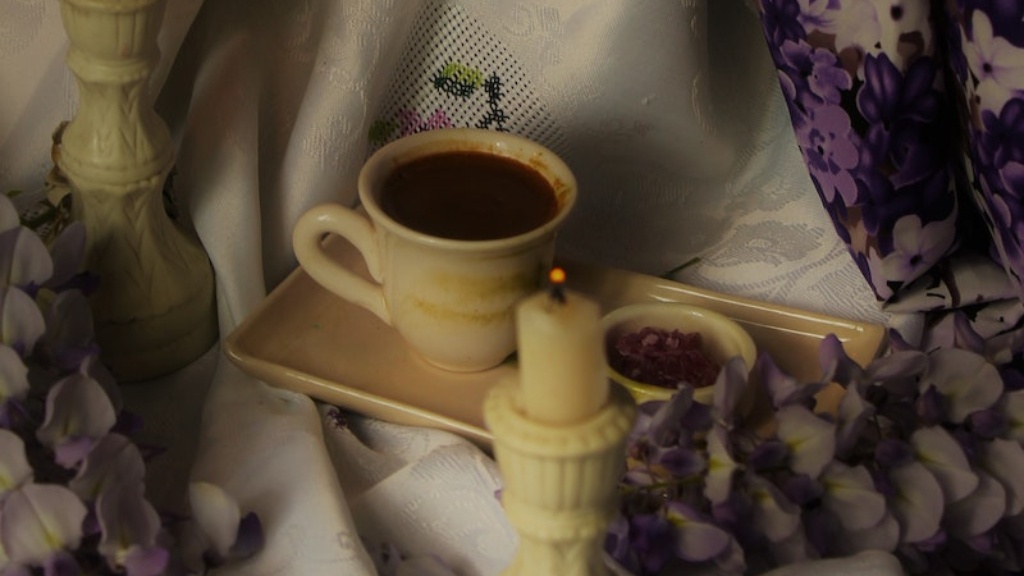A Ballad is an Example of Which Type of Poetry
A ballad is a poetic form that can be traced back to the ancient European tradition has spread throughout the world. It is a type of narrative poem that is generally about a fictional or real subject that includes memorable characters and events. Ballads have a fairly simple, easy-to-follow structure and often tell stories in a musical way. The word “ballad” comes from the French “ballare”, meaning “to dance”, which is an appropriate description for this lyrical form that inspires singing and dancing.
A ballad usually follows a traditional structure of four lines, usually consisting of eight-lined stanzas. The lines alternate between two major divisions of four lines. There are many different types of ballads, as they are used in traditional, English, American, French, Spanish, and other European cultures to tell stories and evoke emotions amongst crowds. However, regardless of the type, a ballad is always written in a narrative format.
In its poetic form, a ballad is usually characterized by a simple meter and rhyming pattern between its lines. This type of poem is usually written in common meter, a specific metrical pattern in which each line contains 8 syllables, with the even-numbered lines rhyming. Alternately, some ballads may have a different meter and rhyme scheme, but it’s typical for ballads to be written in common meter to create a rhythm reminiscent of singing or chanting.
The popularity of ballads in the modern day has decreased significantly, mostly due to its focus on storytelling. Ballads are typically featured in oral literature and music, so this fact may have some effect on its usage today. Some contemporary singers and songwriters have incorporated ballads into their songs, often creating very memorable and beautiful works. Ultimately, this has contributed to the rekindling of the ballad-writing tradition because it helps remind people of its beauty.
At its core, a ballad is an example of narrative poetry, as it tells a story with a memorable plot and rhyme scheme. Other types of narrative poetry include epics and dramatic poetry. While these types of poetry can also be considered ballads, they usually feature longer stories and more complex writing styles. Generally, a ballad is a simpler form of narrative poetry at a base level.
The most well-known example of a ballad is the traditional English version of “Barbara Allen”. This classic ballad tells the story of a young man and woman who fall in love despite their families’ hostilities and ultimate tragedy as one of them dies. Ballads often contain themes such as love, death, betrayal and despair. Despite this, or perhaps because of it, people have been writing and singing ballads for centuries.
Background
The earliest ballads come from Medieval Europe, with the oldest written versions dating back to the 13th century. They were first written as a way to tell stories of heroes and famous legends, as well as to pass timeless tales of love and tragedy through generations. One of the most famous surviving ballads is “Sir Patrick Spence”, which was first written in Scotland in the late 16th century.
As centuries passed, ballads became the most popular form of poetry among the lower and middle classes of Europe and Britain, as they were easy to remember, widely spread, and told memorable stories. They were replaced in the late 19th and early 20th centuries by more modern forms of poetry, as ballads became viewed as an archaic form of art.
However, in spite of this, ballads still offered a unique way for authors and musicians to express themselves, and soon found themselves a place in the forms of folk, rock and country music. Over time, they have become recognized as classics and have been revised, enjoyed, and adapted over the centuries. To this day, renowned singers and songwriters such as Bob Dylan and Elvis Presley often include tributes to traditional ballads in their works.
Significance
A ballad is an example of narrative poetry, often focusing on themes of tragedy, love, and despair.
Although ballad forms have diverged over time, their purpose remains the same: to tell stories in a simple and melodic way. They have remained popular in all kinds of music, from folk, rock and country music, to rap and hip-hop. Ballads can now be found in almost all corners of the world and from all types of culture.
Not only are ballads an artistic way to tell stories, but they are also powerful messages to convey, as the lyrics and melodies often engage audiences and make them feel more connected to the characters and stories in the poem. This is something that traditional ballads were aware of and intended to do, as they were written to leave a lasting impression on listeners.
Analysis
Unlike other types of poetry, ballads often involve more than mere words and require an almost theatrical approach in order to be effective. singers and songwriters should pay special attention to the lyrics, intonation, and structure of their ballads to ensure they can accurately convey their intended message to audiences. It’s also important for them to take the time to understand and appreciate the traditional forms in order to be able to craft effective and meaningful ballads.
In many cases, ballads are the foundation for many of today’s popular songs, as they give artists a platform from which to work. Through understanding the structure and language of narrative poetry, writers can craft a compelling and thought-provoking piece. As a result, ballads remain a crucial part of the music and poetry histories throughout the world.
Adaptations
In modern popular culture, ballads often take on different forms. In some cases, they are adapted to fit a certain artist’s style. For example, singer-songwriter Bob Dylan is well known for his distinct lyricism and has often taken traditional ballads and changed them to fit his own personal style. Likewise, country stars like Martina McBride are known for their heartfelt ballads about everyday matters, such their songs about the strength of mothers and their children.
In some cases, ballads are adapted even further by taking the traditional poetic approach and blending it with a more modern-day style. For example, some hip-hop artists such as her Bruce Springsteen are known for taking traditional ballads and blending them with their own personal take on the topic.
The result of these adaptations is a type of balladry that has been adapted to fit a wide range of genres and has gained popularity amongst modern audiences. By adapting traditional ballads to a more contemporary form, artists can tell their own story while still keeping the essence of this classic form of poetry.
Implications
For many aspiring songwriters, ballads are a great place to start when crafting their own work. The traditional forms provide a structure from which authors can work, although they have the freedom to add their own unique touch to the song. By understanding the traditional roles of a ballad, contemporary authors can create unique and beautiful works that still pay homage to the timeless origins of this poetic form.
Additionally, ballads offer countless opportunities for musicians from all kinds of genres. They can be adapted and tailored to fit any kind of musical style, and can be used to evoke powerful emotions from audiences. By understanding how to craft words and melodies to create a ballad, modern musicians can craft amazing works that can still leave lasting impressions on listeners.
Concepts
One of the most important concepts to consider when creating a ballad is the idea of storytelling. In order to make the most out of a ballad, it needs to tell a story. To ensure that a story is expressed, the lyrics needs to be well crafted and the right melody should be chosen. Additionally, writers should pay attention to the characters in the story and the emotions they evoke, as these have the potential to create lasting connections with listeners.
Furthermore, writers should take into consideration the overall impact of the ballad. It is important to assess how the ballad will affect the listener, and consider if the story being told is appropriate for the situation and audience. This is why it is important to understand the context of the ballad before attempting to craft one. By understanding the concept of storytelling, writers can ensure they are crafting an interesting and captivating piece.
Development
A great way to develop a ballad is to draw inspiration from traditional forms. By studying the works of renowned poets, authors, and musicians throughout the ages, writers can gain an understanding of what makes a great ballad. Additionally, writers can draw from their own life experiences in order to create a genuine and meaningful work.
When writing a ballad, authors should focus on crafting a strong narrative and interesting characters. Additionally, they should include vivid descriptions in order to engage their audience and make the story more tangible. Finally, authors should strive to make their ballads as unique and captivating as possible by paying special attention to the words, rhythm, and melody.
Conclusion
At the core, a ballad is an example of narrative poetry, with its lyrical storytelling and often tragic plotlines. Over the centuries, ballads have been adapted to fit a wide range of genres, from folk, rock and country music, to rap and hip-hop. In modern popular culture, singers and songwriters often turn to ballads as a way to express themselves and as a platform from which they can craft meaningful and memorable works.
